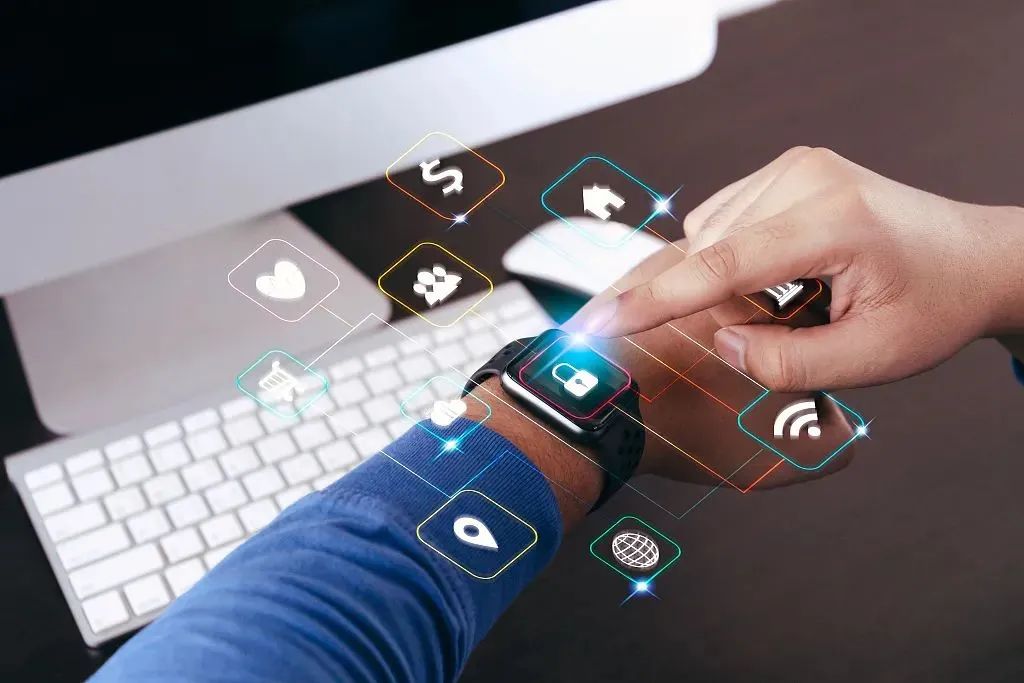
In recent years, with advancements in artificial intelligence, big data, and other technologies, the smart wearable industry has rapidly developed. Meanwhile, the alignment of smart wearable devices with user needs has also quickly improved, not only enhancing user experience but also giving rise to more application scenarios.
As a portable smart wearable device, smartwatches have begun to play an increasingly important role in people’s lives. The introduction of artificial intelligence technology has provided smartwatches with richer and more accurate health data analysis capabilities.
Today, let’s explore what artificial intelligence technologies are used in smartwatches and how these technologies are applied in health monitoring.



1. What Artificial Intelligence Technologies Are Used in Smartwatches?


1. Speech Recognition Technology:
By utilizing the built-in microphone and speech recognition technology, smartwatches can recognize users’ natural language commands and perform corresponding actions, allowing users to interact directly with the watch without using a touchscreen or buttons.

2. Natural Language Processing Technology:
Smartwatches are equipped with natural language processing technology, enabling them to understand and interpret users’ language intentions. They can provide relevant information, suggestions, or perform specific tasks based on users’ questions and needs. Through natural language processing technology, smartwatches can better communicate and interact with users, offering personalized services.

3. Health Monitoring Technology:
Monitors users’ health status, such as heart rate, blood pressure, and sleep quality. It collects and analyzes users’ physiological data in real-time through built-in sensors and algorithms, providing relevant health advice and reminders.

4. Gesture Recognition Technology:
Some smartwatches also feature gesture recognition technology, which can recognize users’ gestures and intentions. Through gesture recognition, users can control the watch’s functions with simple gestures, such as swiping, tapping, or rotating, providing a convenient and flexible interaction method beyond the touchscreen.

2. Applications of Artificial Intelligence Technology in Smartwatch Health Monitoring




1. Monitoring Vital Signs:
The sensors and artificial intelligence algorithms integrated into smartwatches can monitor users’ heart rate, blood pressure, electrocardiogram, and other vital signs in real-time. By analyzing this data, artificial intelligence can detect abnormalities and provide alerts to users, such as risks of heart disease or high blood pressure, helping users to identify and make necessary adjustments and treatments early.

2. Sleep Monitoring and Improvement:
Smartwatches use built-in accelerometers and light sensors, combined with artificial intelligence technology, to accurately monitor and analyze users’ sleep cycles, depth, and quality. By recognizing changes in sleep stages and assessing sleep quality, artificial intelligence helps users improve their sleep habits and enhance sleep quality, thereby increasing the body’s self-healing ability and improving mental state.

3. Exercise Monitoring and Guidance:
Smartwatches utilize built-in motion sensors and geolocation technology to record users’ exercise data, such as steps taken, distance traveled, and calories burned. Leveraging artificial intelligence’s data analysis and learning capabilities, the watch can generate intelligent fitness plans and guidance based on the user’s personal situation, helping users set reasonable exercise goals, provide exercise tips, and offer real-time reminders and feedback during workouts, enhancing exercise effectiveness and reducing risks.


4. Health Data Management:
Smartwatches transmit and store users’ health data through connections with smartphones or cloud platforms. With the help of artificial intelligence’s data analysis and mining capabilities, the watch can perform in-depth analysis and trend predictions on users’ health data, such as weight management and blood sugar level control, and provide personalized health advice and guidance to help users better understand their health status and prevent chronic diseases.


3. How Do Smartwatches Provide Reliable Health Advice?
The primary method is by utilizing artificial intelligence technology to collect and analyze large amounts of personal health data, such as medical history, vital sign monitoring data, and genomic information. Artificial intelligence technology can provide personalized health advice based on individual conditions and needs.
For example, based on medical history and symptom information, AI systems can provide diagnosis and treatment suggestions. Combining machine learning and natural language processing technologies, smart assistants can also answer users’ health questions, provide reasonable dietary suggestions and exercise plans, and even help users manage their mental health.
In terms of personalized health monitoring, the rapid development of sensor technology allows people to easily monitor various biological indicators and lifestyle habits, such as heart rate, sleep quality, and daily activities. With the help of artificial intelligence, this data can be collected, analyzed, and interpreted in real-time. Based on big data and machine learning algorithms, AI systems can understand individual patterns and habits, identify potential health risks, and provide personalized monitoring prompts and warnings.

END
Author: Li Yi (Shenzhen University)
Source: KeWay